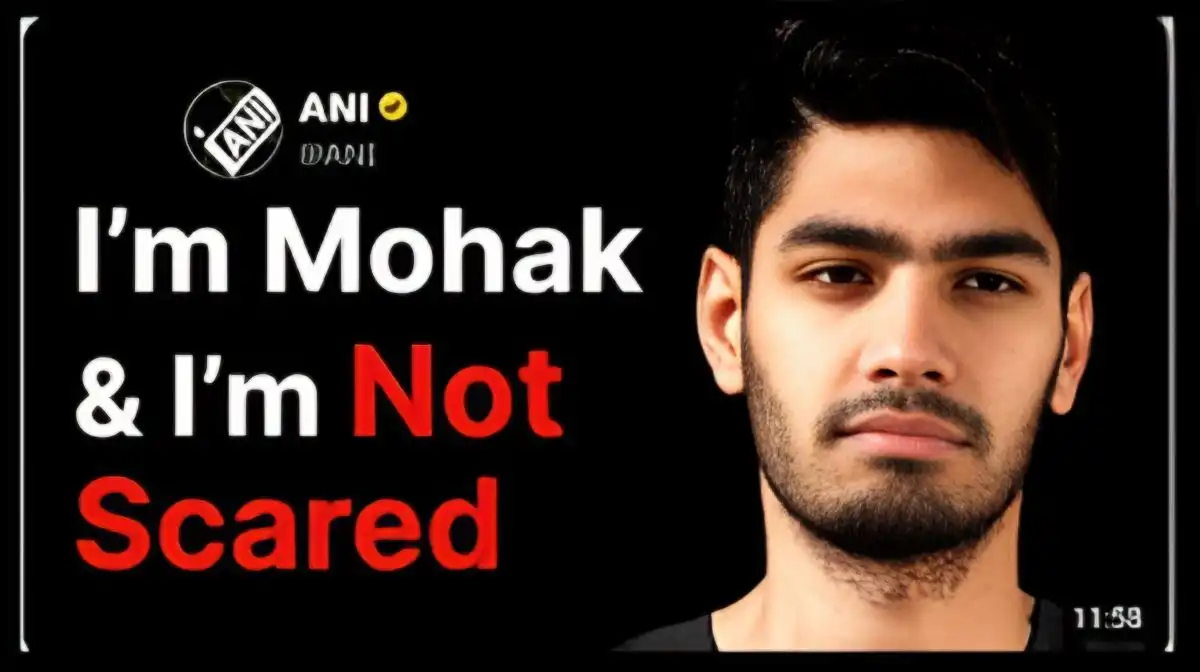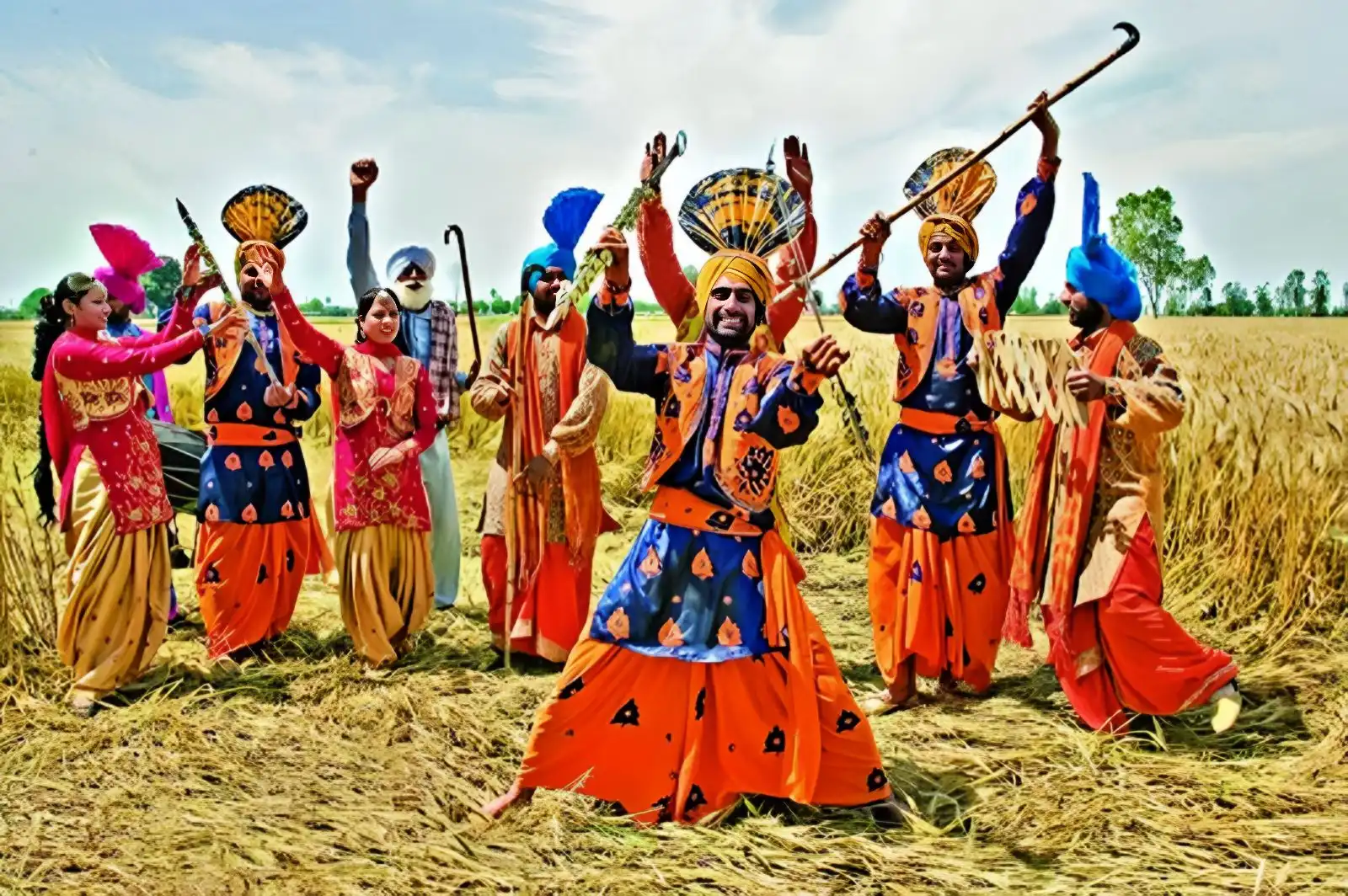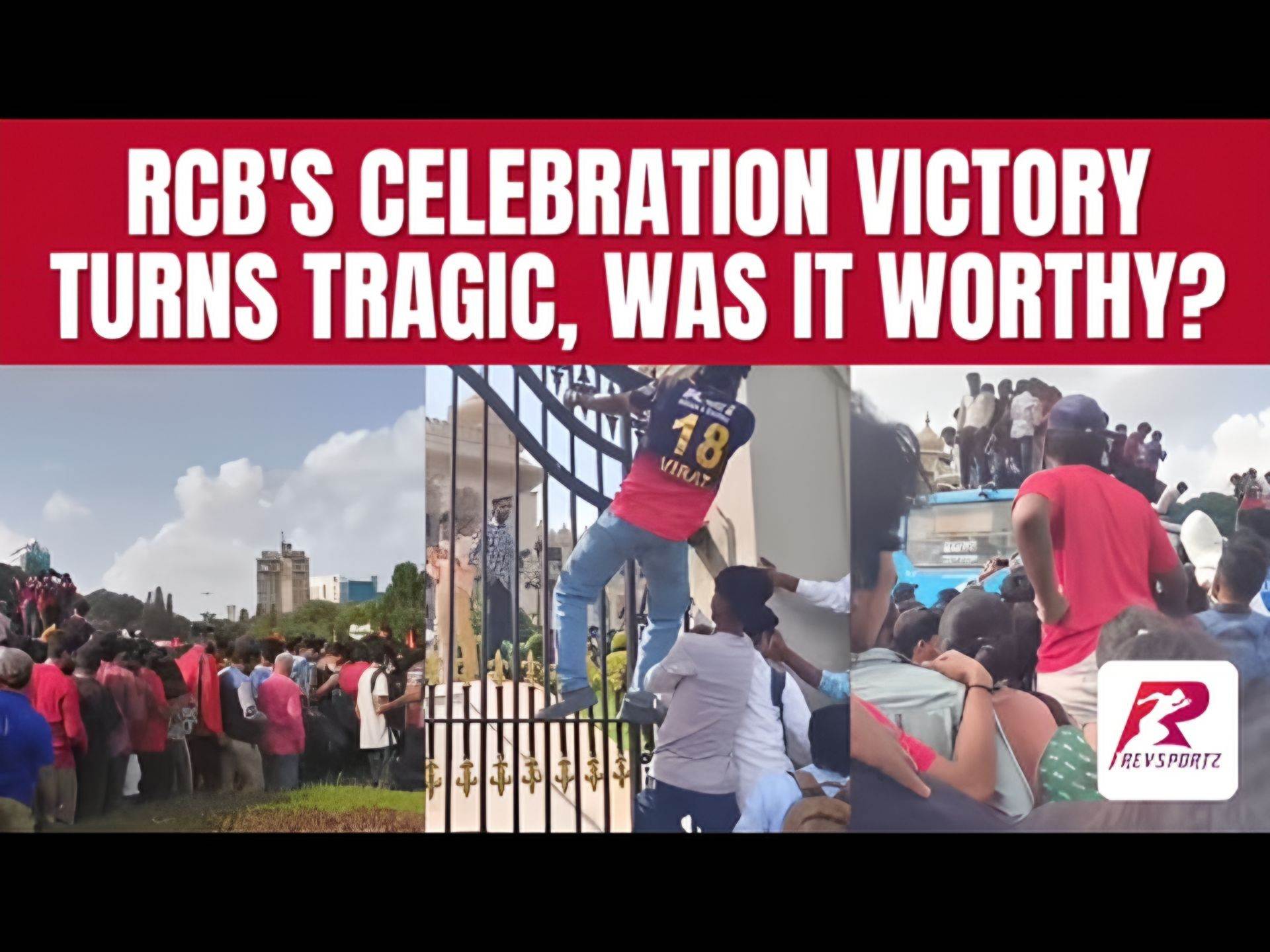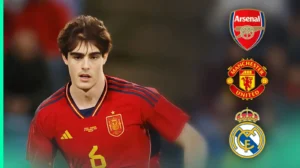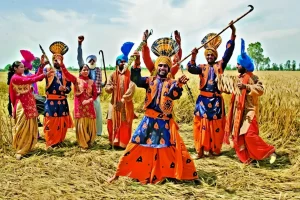ANI News Accused of Extorting YouTubers: €50,000 Strike for a 9-Second Clip?
In recent weeks, India’s premier newswire, Asian News International (ANI), has been hit by allegations of misusing YouTube’s copyright system to extort large sums of money from independent content creators. ANI News has been accused of extorting content creators through copyright strikes. This scandal came to light after prominent YouTuber Mohak Mangal and others received copyright strikes, despite using mere moments of ANI footage, and were reportedly asked to pay as much as ₹40–50 lakh (approx. £37,000–£46,000) to retract these strikes.
Video Credits To: https://www.youtube.com/@4SidesTVEnglishLive-l3s
The Initial Accusation
Mohak Mangal, who enjoys over four million subscribers, ignited the controversy with his “Dear ANI” video on 26 May 2025. He publicly claimed that after using an 11-second ANI clip in a 16-minute exposé and a separate nine-second segment in a 38-minute analysis of “Operation Sindoor”, ANI swiftly issued copyright strikes against his channel. These strikes, he warned, put him perilously close to YouTube’s three-strike policy, wherein accumulating three within 90 days can result in permanent account deletion (ndtv.com).
Shortly after these strikes appeared, Mangal says ANI offered to retract them—but only in exchange for ₹48 lakh plus GST, or a hefty annual subscription fee. He denounced the arrangement as “extortion”, drawing condemnation from fellow creators like Dhruv Rathee and comedian Kunal Kamra. Both suggested that YouTube India intervene, with Kamra urging a ban against ANI on the grounds of “blackmailing creators” (ndtv.com).
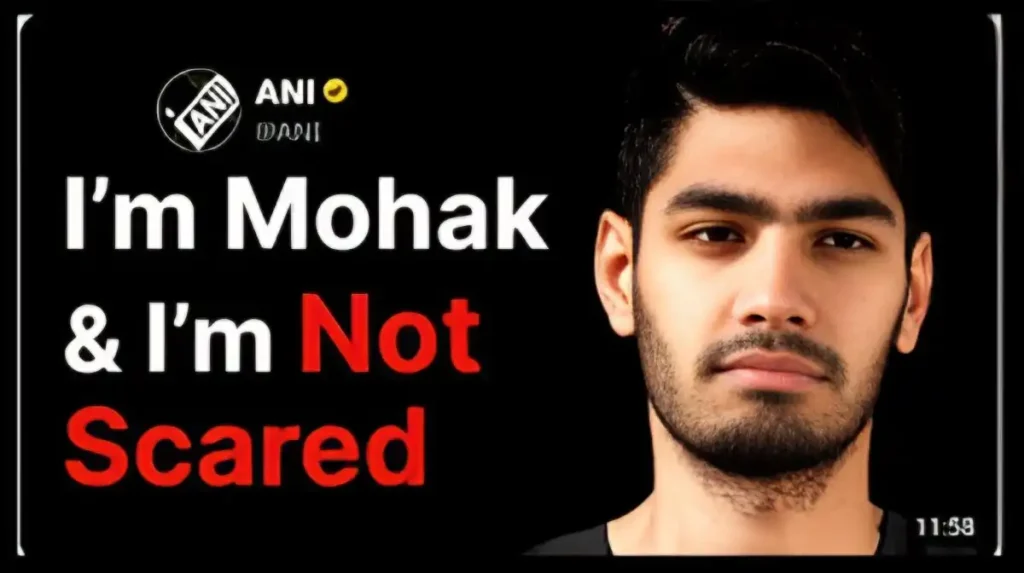
A Pattern of Pressure
The phenomenon is not isolated. Rajat Pawar, a creator with around 3.5 million subscribers, revealed that ANI demanded ₹18 lakh (Approximately € 19,000) after striking two of his videos. One clip, Pawar claimed, featured just a brief glimpse of ANI’s mic logo and yet resulted in threats of a third strike and channel deletion unless he paid up or took out an annual subscription. Pawar offered to remove the clips voluntarily and never use ANI footage again—but ANI’s response was firm: pay or face dire consequences (ndtv.com).
An investigation by The Reporters’ Collective (TRC) corroborates this approach, reporting that ANI sometimes demands between ₹40 and 50 lakh to resolve strikes. The TRC characterised the tactic as a “copyright troll” exploiting YouTube’s three-strike system to bully creators into compliance. Legal and Ethical Ambiguities: Fair Dealing vs Ownership
Central to this debate is the doctrine of fair use—or, in India, fair dealing. Under Section 52 of the Indian Copyright Act 1957, limited use of copyrighted material for education, criticism, news reporting, or review can be lawful, provided it doesn’t harm the rights holder’s market.
Content that heavily criticises or contextualises current affairs must often rely on short excerpts, such as the nine or eleven seconds in question. However, YouTube’s implementation of copyright claims doesn’t assess whether use is “fair”; it simply relies on rights holders’ flags. If ANI flags a clip, YouTube typically applies a strike, leaving creators to challenge or counter‑a notice of the claim.
Legal experts acknowledge this grey area. Lawyers note that Indian case law does not specify how much content qualifies as fair dealing, which means that short clips may be deemed infringing, depending on context and significance.
Government Concerns and Calls for Reform
The issue has caught the attention of the Indian political sphere. Trinamool Congress MP Saket Gokhale recently wrote to Google (YouTube’s parent company) seeking clarification on policies that appear to favour large agencies over individual creators. He described ANI’s approach as a form of “quasi privately‑imposed censorship” that threatens freedom of expression.
Mohak Mangal also contacted India’s Ministry of Information & Broadcasting, advocating for reforms that would prevent copyright strikes from being used as de‑facto extortion. He emphasised that even if his content was monetised via ads, the use of short clips for commentary falls under fair dealing and should not result in punitive strikes.
ANI’s Defence
ANI staunchly defends its actions. In a statement, it insisted it had every right as a copyright owner to protect its intellectual property and that pursuing legal or digital enforcement isn’t extortion. The agency allegedly spends substantial resources generating original content via its bureaus across India and abroad.
Further, ANI emphasised that fair dealing or fair use is a legal exception, not a blanket licence to reuse content. The agency notes creators can continuously pursue legal redress if they believe they are within their rights. ANI has even escalated the conflict to legal proceedings, filing a defamation suit against Mohak Mangal, Kunal Kamra, and Mohammed Zubair in the Delhi High Court (linkedin.com).
Broader Implications for Digital Creators
This controversy highlights deeper issues plaguing the online ecosystem. YouTube’s three-strike policy, designed for DMCA enforcement in the US, has global repercussions: losing three untreated strikes anywhere can lead to permanent bans worldwide (thenewsminute.com). Combined with algorithmic enforcement via Content ID, it creates a system prone to misuse.
Creators like Mangal and Pawar, as well as commendable voices like Ravish Kumar, argue that such policies disproportionately empower large rights holders, like ANI, at the expense of independent commentators. Kumar warned that enforcing suppressive copyright tactics could suffocate niche journalism and restrict voices critical of the establishment.
The Path Ahead: Reform, Resistance, Regulation
Several avenues could alleviate the crisis. YouTube bears responsibility for ensuring disclaimers or grace periods before striking channels for short fair‑use clips. Dhruv Rathee has called for policy changes allowing creators to remove offending content before lashes are delivered.
On the legislative side, refinements to India’s Copyright Act—such as defining fair-dealing thresholds or requiring creators to seek permission before striking—could restore balance. Improved regulations on intermediaries under the Information Technology Act could also curb misuse.
Domestic competitors like Press Trust of India (PTI) offer an alternative business model, proposing affordable licensing for YouTube creators. However, the spotlight remains firmly on ANI, whose staunch approach to copyright enforcement continues to divide opinion.
Conclusion
The clash between ANI and India’s YouTubers is emblematic of a broader tension in the digital age: the struggle to balance intellectual property protection with free expression and commentary online. A nine-second clip should never threaten a creator’s livelihood or the existence of a channel. If copyright enforcement is weaponised as a revenue stream, it erodes creative trust and undermines digital culture.
It has become increasingly clear that reform is needed—be it from YouTube, India’s legal system, or the rights holders themselves—to ensure copyright isn’t misused in the guise of enforcement. Whether ANI’s current tactics result in legal repudiation or industry-wide change remains to be seen. For now, creators continue to speak out, seeking redress and hoping that policies evolve in tandem with today’s digital realities.
References
- NDTV: “Explained: Why Are YouTubers Accusing News Agency ANI Of Extortion?” (en.wikipedia.org, ndtv.com)
- Financial Express: “YouTubers up in arms against ANI: Who’s right in the copyright saga?” (financialexpress.com)
